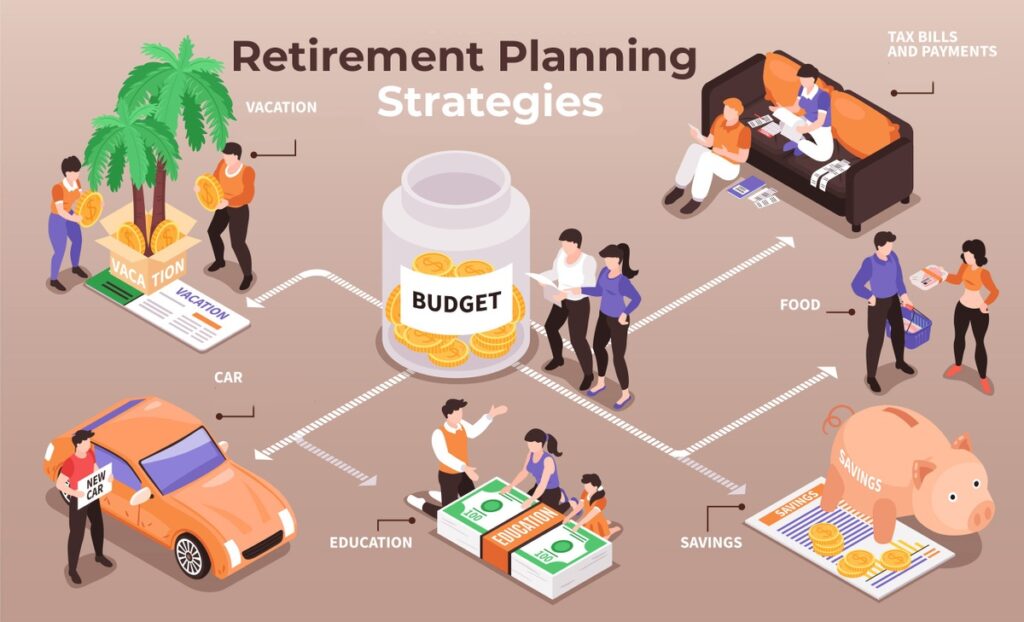Creating a sustainable household budget is the cornerstone of effective financial management. A well-planned budget helps you track income, control spending, and save for future goals. This guide will walk you through the steps to create a budget that works for you, ensuring financial stability and peace of mind. Learning more with visa.javanet247
1. Determine Your Monthly Income
The first step in creating a household budget is to determine your monthly income. This includes your salary, any freelance work, rental income, and other sources of earnings. Understanding your total monthly income is crucial for planning how much you can allocate to various expenses.
2. List Your Fixed Expenses
Fixed expenses are the non-negotiable costs you incur each month, such as rent or mortgage, utilities, insurance, and loan payments. Listing these expenses will help you identify the amount of money you need to cover your essential bills.
3. Identify Variable Expenses
Variable expenses are costs that can change from month to month, such as groceries, transportation, entertainment, and dining out. Track these expenses over a few months to understand your spending patterns and identify areas where you can reduce costs.
4. Set Savings Goals
A sustainable budget should include savings goals for both short-term and long-term needs. Whether you’re saving for an emergency fund, a vacation, or retirement, set aside a specific portion of your income each month for savings.
5. Allocate Money to Each Category
Once you’ve identified your income, fixed expenses, variable expenses, and savings goals, allocate money to each category. Ensure that your total expenses and savings do not exceed your monthly income.
6. Track Your Spending
Regularly tracking your spending is essential to ensure you stay within your budget. Use budgeting apps or spreadsheets to monitor your expenses and compare them against your budgeted amounts.
7. Adjust as Needed
A budget should be flexible. If you find that your spending habits or income changes, adjust your budget accordingly. Regular reviews and adjustments will help you maintain a sustainable budget that adapts to your financial situation.
8. Avoid Impulse Purchases
Impulse buying can quickly derail your budget. Before making a purchase, ask yourself if it’s necessary and if it fits within your budget. This discipline will help you stay on track with your financial goals.
9. Plan for Unexpected Expenses
Unexpected expenses, such as medical bills or car repairs, can disrupt your budget. To mitigate this, create an emergency fund that can cover at least three to six months of living expenses.
10. Review Your Budget Regularly
Review your budget regularly to ensure it still aligns with your financial goals and lifestyle. Make any necessary adjustments to keep your budget effective and relevant.
Conclusion
A sustainable household budget is an essential tool for financial success. By determining your income, listing fixed and variable expenses, setting savings goals, and regularly tracking your spending, you can create a budget that supports your financial stability and long-term goals. Remember, consistency and flexibility are key to maintaining a budget that works for you.

